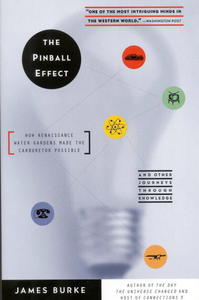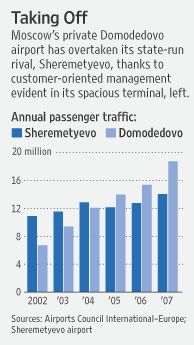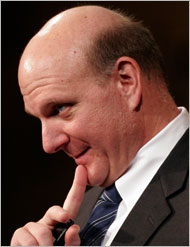(p. 130) . . . , the major problem inhibiting England’s industrial development was the state of the roads. So the introduction of waterborne transportation on the new canals triggered massive economic expansion because these waterways transported coal (and other raw materials) much faster and cheaper than by packhorse or wagon. In 1793 a surveyor called William Smith was taking the first measurements in preparation for a canal that was to be built in the English county of Somerset, when he noticed something odd. (p. 131) Certain types of rock seemed to lie in levels that reappeared, from time to time, as the rock layer dipped below the surface and then re-emerged across a stretch of countryside. During a journey to the north of England (to collect more information about canal-construction techniques), Smith saw this phenomenon happening everywhere. There were obviously regular layers of rock beneath the surface which were revealed as strata where a cliff face of a valley cut into them. In 1796 Smith discovered that the same strata always had the same fossils embedded in them. In 1815, after ten years of work, he compiled all that he had learned about stratification in the first proper colored geological map, showing twenty-one sedimentary layers. Smith’s map galvanized the world of fossil-hunting.
Source:
Burke, James. The Pinball Effect: How Renaissance Water Gardens Made the Carburetor Possible – and Other Journeys. Boston: Back Bay Books, 1997.
(Note: ellipsis added.)







